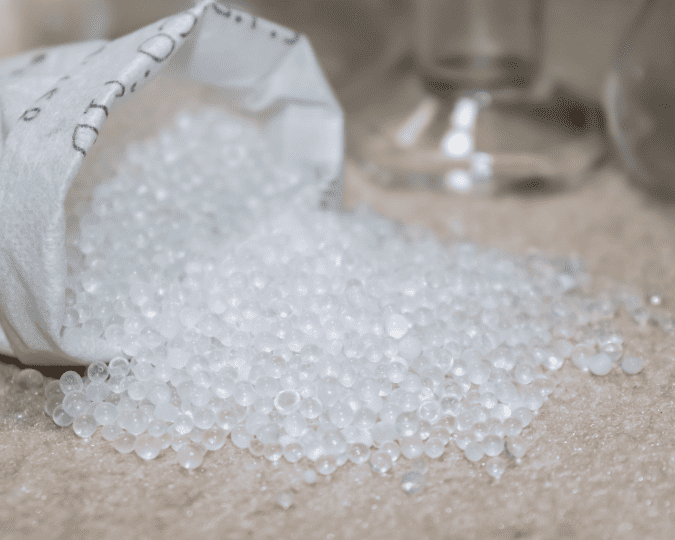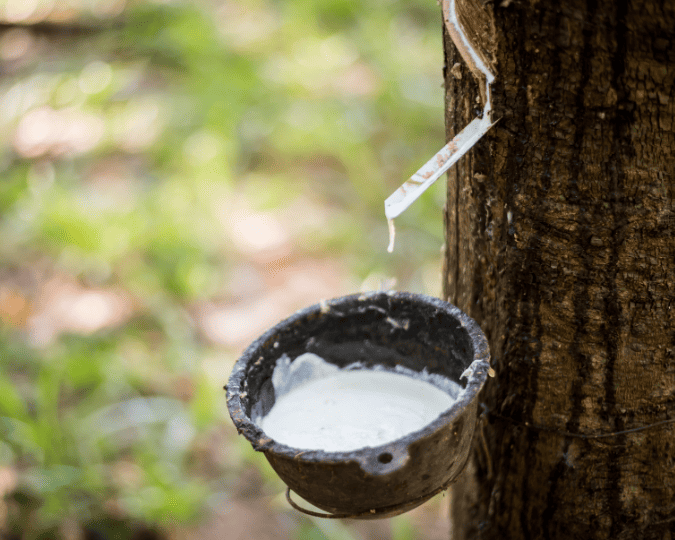In this article, we will discuss the differences between Viton and Silcione, but I must remind you that you can find comparisons between them on the Internet. Our article explains their differences, along with their advantages and disadvantages, and explains when to use each at the right time.
So, you’re trying to decide between Silicone and Viton, huh? Well, you’re in the right place. Let’s dive into the nitty-gritty and see if we can help you make an informed decision.


Here’s a simple comparison of the chemical properties of Silicone and Viton:
| Property | Silicone | Viton |
|---|---|---|
| Acid Resistance | Good | Excellent |
| Alkali Resistance | Good | Excellent |
| Maximum Temperature | 200°C | 200°C |
| Minimum Temperature | -55°C | -20°C |
Silicone vs Viton: Which is better?
Now, this is a bit like asking whether apples are better than oranges. Both Silicone and Viton have their own unique properties, and the “better” choice really depends on what you need them for. But don’t worry, we’ll break down the details for you.
Properties of Silicone and Viton
Let’s start with Silicone. It’s a synthetic rubber that’s known for its excellent heat resistance. It can handle temperatures up to 200°C without breaking a sweat. Plus, it’s super flexible and has great electrical insulation properties. On the downside, it’s not the best choice if you’re dealing with petroleum oils or fuels – it tends to swell and degrade in these conditions.
Now, onto Viton. This guy is a type of fluoropolymer elastomer, which is a fancy way of saying it’s really good at resisting chemicals, oils, and high temperatures (up to 200°C). It’s also got a great mechanical strength. But, it’s not as flexible as Silicone, especially at lower temperatures, and it can be a bit more expensive.
Applications of Silicone and Viton
So, where might you use these materials? Well, Silicone is often used in food and medical applications because it’s non-toxic and doesn’t react with many chemicals. It’s also used in electronics for its insulation properties.
Viton, on the other hand, is a popular choice in the automotive and aerospace industries. It’s great for seals and gaskets that need to withstand harsh conditions. It’s also used in chemical processing equipment.
Advantages and Disadvantages of Silicone
Silicone’s main advantages are its flexibility and heat resistance. It’s also non-reactive, which makes it safe for food and medical use. But, remember that it’s not great with petroleum-based substances, and it can be a bit pricier than other types of rubber.
Advantages and Disadvantages of Viton
Viton shines when it comes to chemical and heat resistance. It’s also got a good mechanical strength. But, it’s not as flexible as Silicone, especially at lower temperatures, and it can be more expensive.
Factors to Consider When Choosing Between Silicone and Viton
When deciding between Silicone and Viton, you’ll want to consider the conditions the material will be exposed to (like temperature and chemicals), the physical requirements (like flexibility and strength), and of course, your budget.
Here are five case studies illustrating different uses of Silicone and Viton:
Case Study 1: Silicone in Kitchenware
Silicone has become a popular choice in kitchenware, particularly in baking mats and molds. Its heat resistance up to 200°C and flexibility make it perfect for this application. Plus, it’s non-reactive and food-safe. For instance, a bakery might use silicone baking mats to ensure their cookies don’t stick to the tray and bake evenly.
Case Study 2: Viton in Automotive Industry
Viton is often used in the automotive industry due to its resistance to heat and chemicals. For example, a car manufacturer might use Viton seals in the engine compartment. These seals need to withstand high temperatures and exposure to various oils and fluids. Viton’s excellent resistance properties make it a reliable choice for this demanding environment.
Case Study 3: Silicone in Medical Devices
Silicone’s non-reactive nature and biocompatibility make it a great choice for medical devices. For instance, a medical device company might use silicone tubing in a peristaltic pump used for intravenous therapy. The tubing needs to be flexible, durable, and safe for contact with the medication being delivered.
Case Study 4: Viton in Chemical Processing
In the chemical processing industry, equipment often needs to withstand harsh chemicals and high temperatures. Viton is a popular choice for seals and gaskets in this industry. For example, a chemical plant might use Viton seals in their high-temperature reactors to prevent leaks and maintain the integrity of the system.
Case Study 5: Silicone in Electronics
Silicone’s excellent electrical insulation properties make it a good choice for various electronic applications. For instance, a manufacturer of electronic devices might use silicone in the insulation of wiring. The silicone helps protect the wires from heat and prevents electrical shorts, ensuring the device operates safely and effectively.
These case studies illustrate the versatility of both Silicone and Viton, and how their unique properties make them suitable for various applications.
How to choose them?
So, you’re trying to decide between Silicone and Viton for your project, right? Well, the best choice really depends on what you’re dealing with.
If you’re working with a lot of chemicals, or if your project only has a short warranty period, Silicone might be your best bet. It’s pretty tough and can last a long time. Plus, it’s really good at resisting things like calcium carbonate, water, and hydrocarbons.
But what if you’re dealing with high temperatures or ozone gas? Or maybe you’re working with gases that have low boiling points, like HFCs? In that case, you might want to consider Viton. It’s a synthetic rubber that’s really good at handling these conditions. Plus, it’s great with oils and fuels.
Now, you might have heard that Viton is better at resisting strong acids, alkalies, alcohols, and even sulfuric acid at high temperatures. And while that’s generally true, don’t count Silicone out just yet. It might not be as resistant to some chemicals like strong acids, but it definitely has its advantages.
When it comes to using these materials, Silicone usually needs a bit of prep work. You’ll want to apply a lubricant, like molybdenum disulfide, on both the surface you’re going to bond the sealant on and the sealant itself. Then, you’ll need to cut through the silicone for a clean edge and clean the surfaces with a degreaser before applying it.
On the other hand, Viton is pretty easy to use. It flows easily over surfaces and seals really well, so you don’t need any lubricants.
So, Silicone or Viton? It really depends on your specific needs. But hopefully, this breakdown helps you make an informed decision. Good luck with your project!
Conclusion
We’ve been chatting about Silicone and Viton, two big players in the material world. Silicone is a pro at resisting stuff like calcium carbonate, water, and hydrocarbons, while Viton is a tough cookie that can handle high temperatures, ozone gas, and low-boiling-point gases like HFCs.
If your project is all about dealing with a bunch of chemicals, or if it’s a short-term gig, Silicone might be your guy. But if you’re dealing with high temperatures or ozone gas, you might want to go with Viton.
Silicone needs a bit of prep work and some lubricant to get the job done. Viton, though, is easy-peasy, sliding over surfaces and sealing up tight, no lubricants needed.










